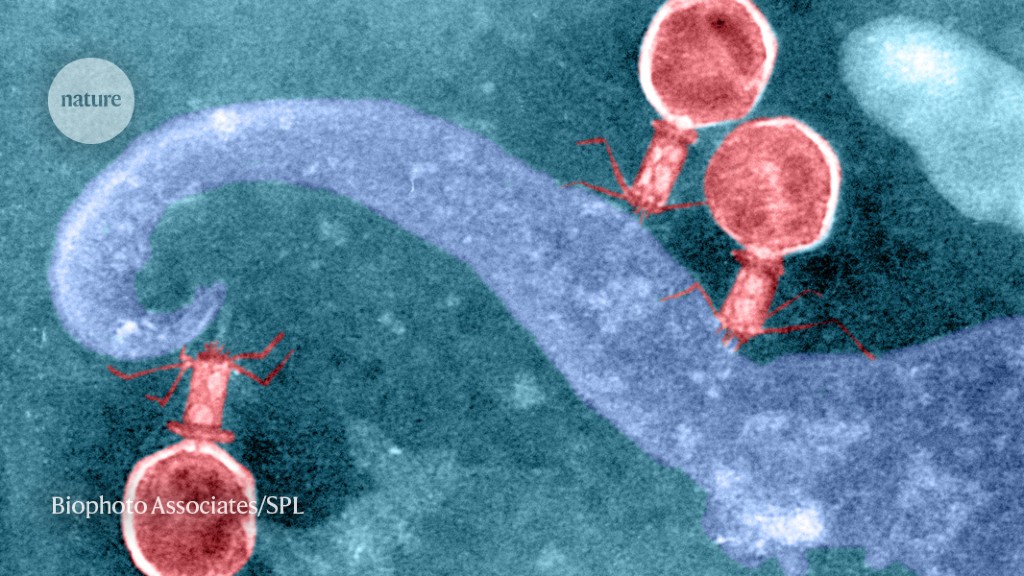
But an analysis1 published on 23 November in Cell finds CRISPR–Cas systems in 0.4% of publicly available genome sequences from viruses that can infect these microbes.
Researchers think that the viruses use CRISPR–Cas to compete with one another — and potentially also to manipulate gene activity in their host to their advantage.
Some of these viral systems were capable of editing plant and mammalian genomes, and possess features — such as a compact structure and efficient editing — that could make them useful in the laboratory.About 40% of sampled bacteria and 85% of sampled archaea have CRISPR–Cas systems.
This can allow microbes carrying the array to slice up the viral genome and potentially stop viral infections.
Trove of CRISPR-like gene-cutting enzymes found in microbes.Viruses sometimes pick up snippets of their hosts’ genomes, and researchers had previously found isolated examples of CRISPR–Cas in viral genomes.Molecular biologist Jennifer Doudna and microbiologist Jillian Banfield at the University of California, Berkeley, and their colleagues decided to do a more comprehensive search for CRISPR–Cas systems in viruses that infect bacteria and archaea, known as phages.The team found a wide range of variations on the usual CRISPR–Cas structure, with some systems missing components and others unusually compact.Viral genomes tend to be compact, and some of the viral Cas enzymes were remarkably small.Doudna and her colleagues focused on a particular cluster of small Cas enzymes called Casλ, and found that some of them could be used to edit the genomes of lab-grown cells from thale cress (Arabidopsis thaliana), wheat, as well as human kidney cells.
The results suggest that viral Cas enzymes could join a growing collection of gene-editing tools discovered in microbes.By contrast, some of the viral Casλ enzymes combine both small size and high efficiency.
In the meantime, researchers will continue to search microbes for potential improvements to known CRISPR–Cas systems.Trove of CRISPR-like gene-cutting enzymes found in microbes
Trove of CRISPR-like gene-cutting enzymes found in microbes